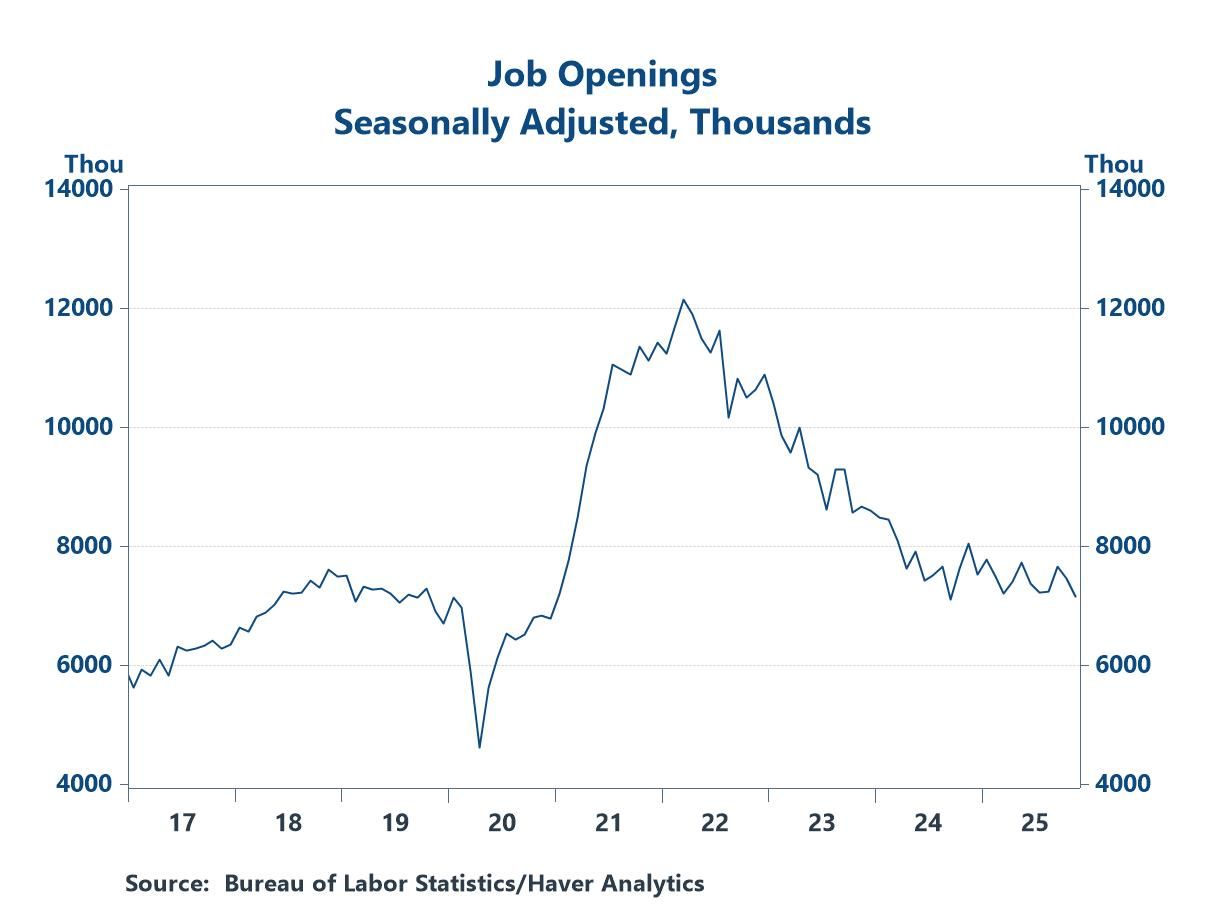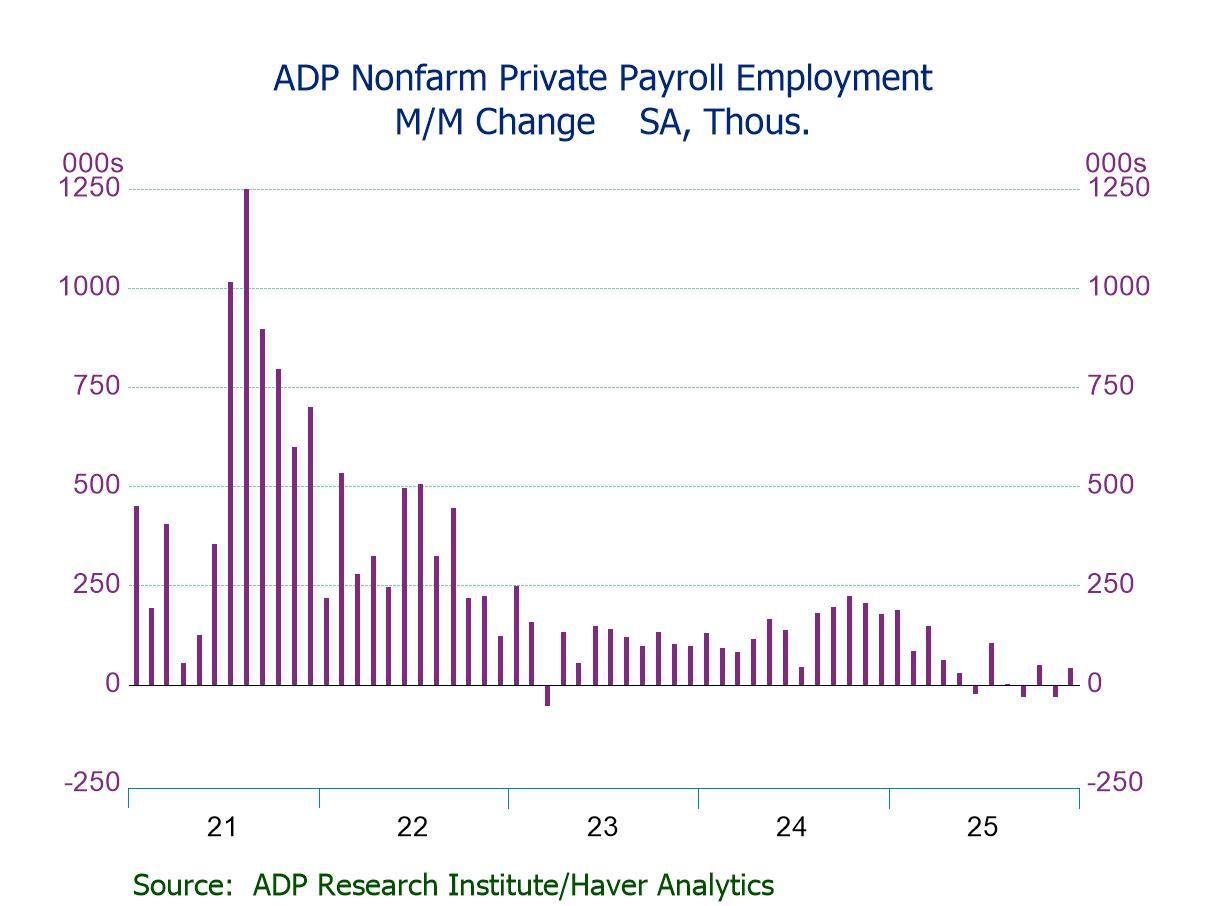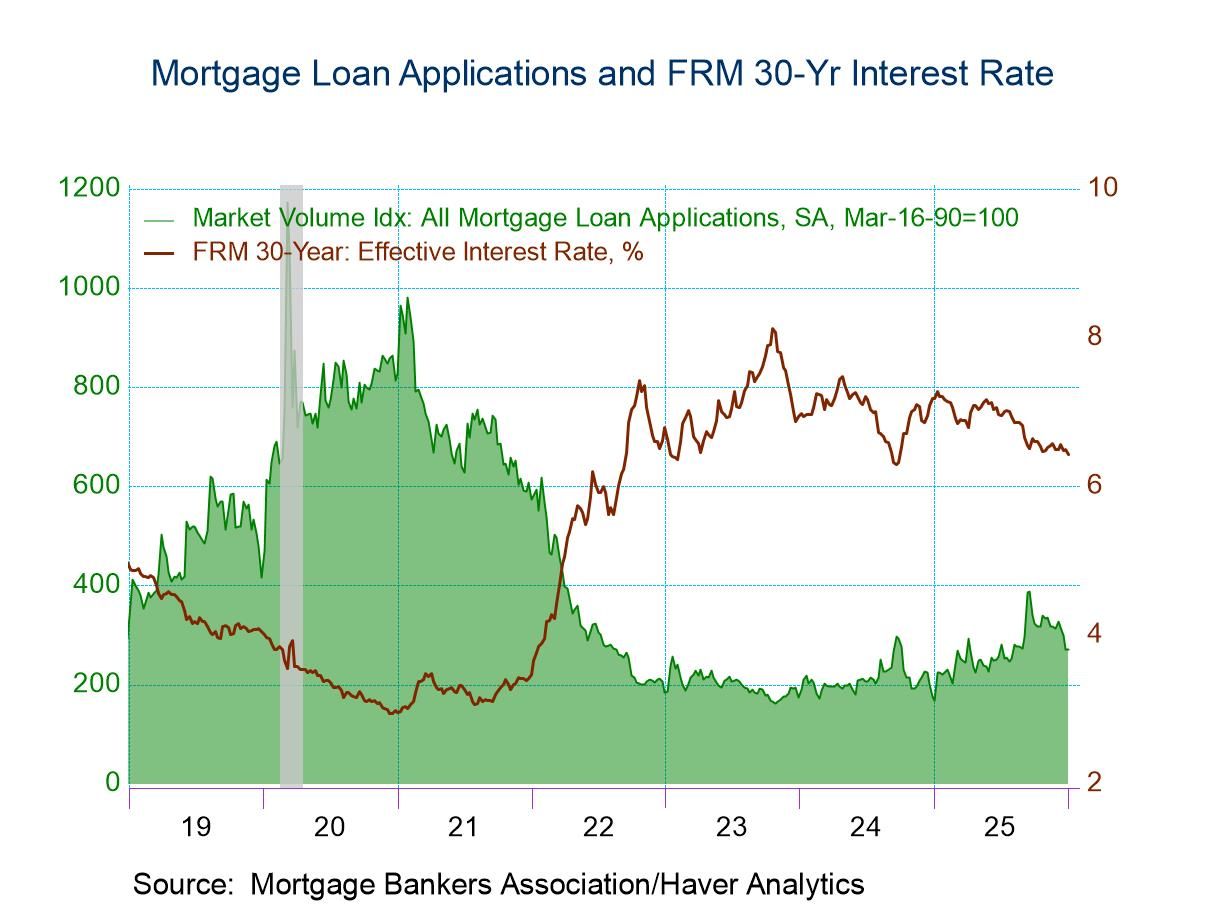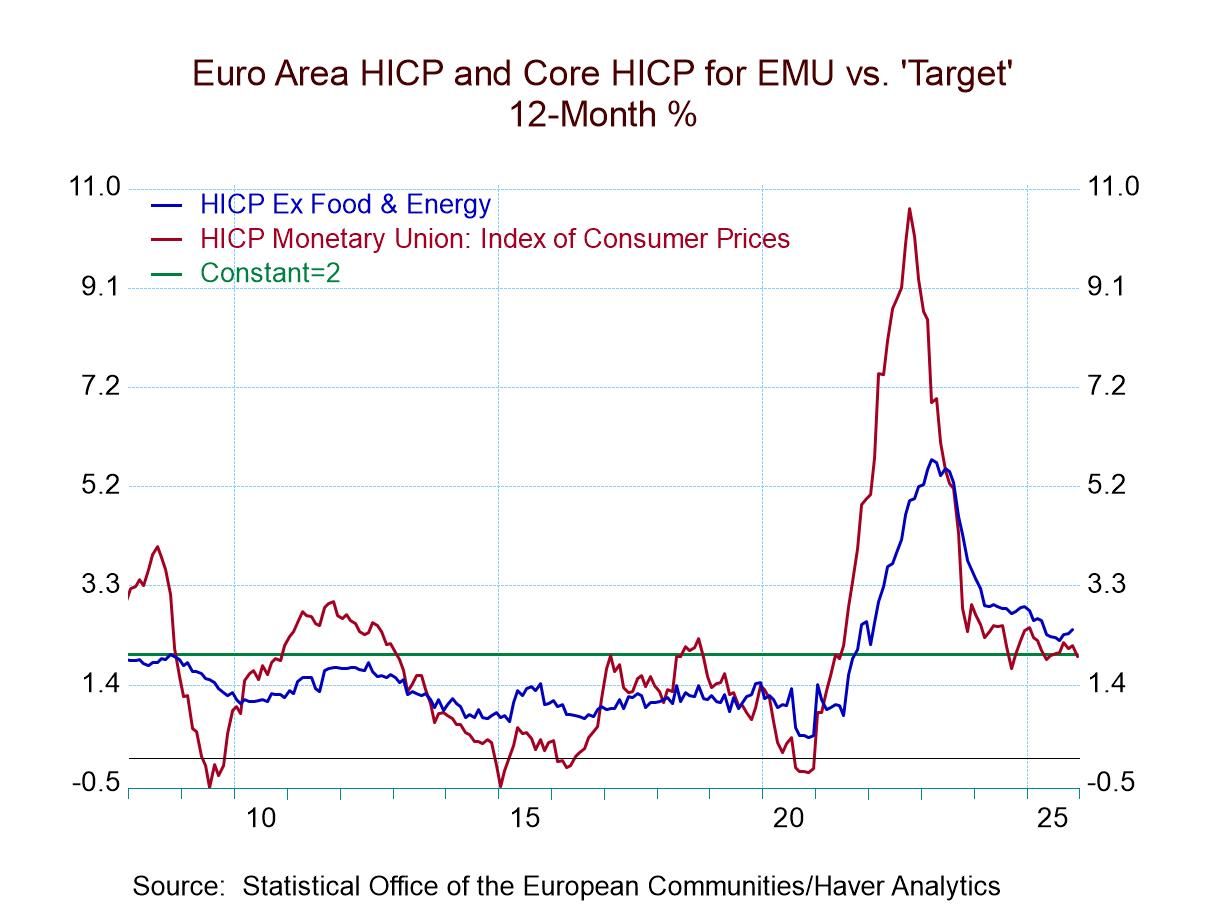China's Sector PMIs Both Weaken in November

China is under enormous strain as there are grassroots demonstrations and pushbacks to its zero COVID policy. Protests have spread and risen in intensity over the policy and its recent setbacks. Still, this is China, and protesting can be dangerous to your health. It is still not clear if this is mostly a young people's protest or if it's something that is broader. However, it's occurring only slightly after Prime Minister Xi has entrenched his power and put all his allies into key policy positions. There is widespread discontent - particularly over people who are under lockdown and because there was a fire and people died in the fire when response was poor. It's not clear that this protest will have legs or will reach the critical mass of something broader.
However, protesting, like lockdowns, interrupts economic activity, too. And we see in November more economic backtracking in both the manufacturing and the nonmanufacturing PMIs for China.
The manufacturing survey shows the headline PMI reading for manufacturing lower on the month at a standing in the lower 3 percentile of all data since 2005. Orders also weakened in the month and show a 4.2 percentile standing. Output weakened to 47.8 in November from 49.6 in October and has a 3.7 percentile standing. The standings of the manufacturing components are all in fact quite weak; the one exception as is often the case when conditions are deteriorating is for stocks. This is often because when an economy slows down and demand slows down, stocks begin to pile up. Rising stocks are an indication that production is no longer behind servicing demand, but in a slowdown or recession that is because demand has imploded. In China, demand is weak and disrupted by its zero COVID policy.
As in November, all the components in the survey have weakened month-to-month except for stocks of finished goods. And all of them except for input prices have diffusion values below 50 indicating that that components are contracting. All components except input prices show contraction for two months running. Most components show contractions for three-months running with the exception being the headline manufacturing PMI gauge, output, input prices, and purchases of inputs. The weakness as you can see is quite broad based and persistent.
The sequential readings on period averages show all averages below 50 except for input prices over three months. Over six months only output does not average below 50 instead clocking a reading of 50.2; an extremely slight increase in output is indicated. Over 12 months there are declines in the headline PMI and all the components except for input prices that have a value of 53.6. Even China has some inflation; not as much as in the West but some.

China sees conditions as weak. It has been seeing conditions as weak in manufacturing over the last year and longer. The zero COVID policy has greatly disrupted the economy and made it very difficult to mount any kind of growth. Not only are the local diffusion readings weak and below a value of 50 which means that they are mostly showing declines, but the rankings of the readings in November are extremely weak. China has a lot of work to do to restore growth to its economy; however, it remains determined to pursue the zero COVID policy because that is endorsed by Prime Minister Xi, and he shows no signs of backtracking on his hand-picked policy that he has continued to extoll as a symbol of the superior order of the Chinese economy because they can do something like this.
In fact, it's not surprising that to kick off his next five years, Xi downplayed economic performance instead choosing to emphasize the role of security in the economy. China is clearly entering a period where its goals and its performance are going to be quite a bit different than what they have been. The outlook remains difficult because there are no remedial policies in train and there are only these current policies that have been so disruptive that are being pursued. It's unclear how the protests and the economy are going to play out. China is in quite a difficult economic pickle and there are no signs that it has any way out of it. There are no indications how it will deal with the unrest that has been caused or how long China will stick with a serious zero COVID policy. In China, everything is in flux.
Commentaries are the opinions of the author and do not reflect the views of Haver Analytics.
Robert Brusca
AuthorMore in Author Profile »Robert A. Brusca is Chief Economist of Fact and Opinion Economics, a consulting firm he founded in Manhattan. He has been an economist on Wall Street for over 25 years. He has visited central banking and large institutional clients in over 30 countries in his career as an economist. Mr. Brusca was a Divisional Research Chief at the Federal Reserve Bank of NY (Chief of the International Financial markets Division), a Fed Watcher at Irving Trust and Chief Economist at Nikko Securities International. He is widely quoted and appears in various media. Mr. Brusca holds an MA and Ph.D. in economics from Michigan State University and a BA in Economics from the University of Michigan. His research pursues his strong interests in non aligned policy economics as well as international economics. FAO Economics’ research targets investors to assist them in making better investment decisions in stocks, bonds and in a variety of international assets. The company does not manage money and has no conflicts in giving economic advice.







 Global
Global